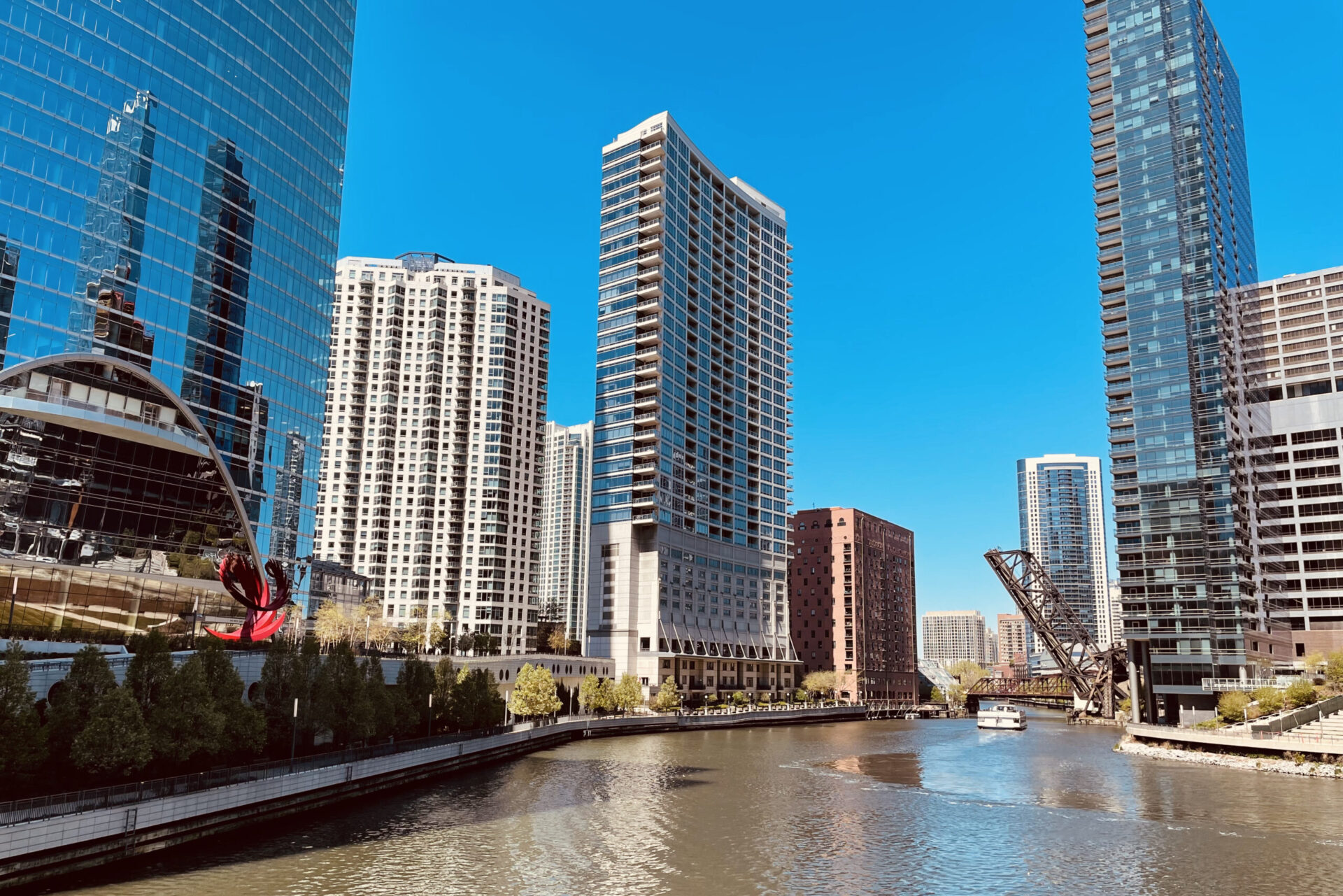
Here’s another MacBook hard drive replacement story for the Apple fans out there:
My MacBook came from the factory with an 80 GB drive (Fujitsu MHV2080BHPL, on the left in the photo above), and I decided to take the plunge and upgrade to a larger drive because of our podcasting work and the fact that I’ve become a Parallels junkie :-).
I decided to go the simple route and get the same model drive in a larger capacity: newegg.com has the Fujitsu MHV2120BH 120 GB drive (on the right in the photo) in stock, so I ordered that one. It arrived quickly, as newegg orders usually do (unsolicited plug :-).
The steps I took were as follows:
1) I backed up my existing hard drive to an external firewire enclosure using SuperDuper. (I’ve been using this application for a long time, and I’m a huge fan– it’s what I use for regular backups.) My drive had about 55 GB used on it, and the backup took under an hour.
2) I shut down and rebooted, holding the “Option” key to see my boot device choices: I chose the external drive and booted from that, just to make sure everything on the backup worked okay. It did. I shut down the MacBook and disconnected the external drive.
3) I laid out a clean cloth, turned the MacBook over and removed the battery. Then I used a small (jeweler’s) Phillips-head screwdriver to loosen the three screws on the memory/hard drive bracket in the battery compartment. Then I removed the bracket.
4) The hard drive is in the left end of the case inside the battery compartment. I untucked the plastic tab and gently pulled: the hard drive slipped right out.
5) The hard drive is mounted on a thin metal caddy: you will need a #9 Torx screwdriver to remove the drive from the caddy. I removed the four screws from the caddy and removed it from the old hard drive. Then I put the caddy on the new drive.
6) I slid the new drive into its slot and tucked the plastic tab underneath the drive as the old one originally was.
7) I replaced the memory/hard drive bracket and battery, and put the unit upright again.
8) I connected the firewire drive and powered up the MacBook holding the Option key. I selected the external drive (as I did in Step 2) and booted up.
9) Once running, the MacBook gave an error message that I connected an “invalid device.” A dialog box asked if I wanted to initialize the disk, and when I clicked “yes” it brought up Disk Utility.
10) In Disk Utility, I selected the new drive and chose “Erase.” After a minute the drive was ready and MacOS mounted it: I could see it on my desktop and in the Finder.
11) I fired up SuperDuper again, this time making the external drive the source and the new internal drive the target. The restore took about an hour.
12) Once completed, I shut down the MacBook, disconnected the firewire drive, and pushed the Power button. The MacBook booted perfectly with the new drive. Success!
13) Once I was up and running, I ran a “Repair Permissions” just to make sure everything was copacetic. It’s all good.
There are instructions on Apple’s site in this PDF document. The one thing they don’t tell you (as I’ve found in other instructions online) is the bit about the drive caddy and the Torx screws, which I imagine would have been extremely frustrating had I attempted this at 11:00 at night and found myself without the appropriate tool.
I’d like to acknowledge Andy Biggs at The Global Photographer weblog for his excellent description on how he performed this operation.
Hope someone finds this helpful!
